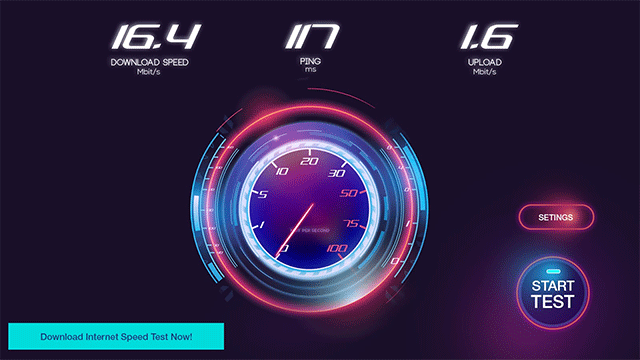

Comment on Facebook post,LinkedIn blogs or answer their question on an online forum and then follow up with more resources, Your efforts would stand out of the thoroughfare and you would get recognised out of the numerous other reps.ģ. Try something different: Why just email? Try reaching out on social media. If they haven’t opened it yet, simply hit resend.Ģ. You can confirm this using your email client. Hit resend: If the prospect hasn’t responded to your first email, chances are that they experienced an email overload and didn’t even open your first message. If we want the prospect to do business with us, we need to actively solve for their needs, not ours. We’re checking in for the sake of checking in. Impersonality and the mindless writing ensure that these emails do not provide any value to the buyer nor does it solve any of the prospect’s needs. It focuses on what we want from our prospects. The problem with this follow-up is that is selfish. This deadly combination of lethargy and mindlessness renders them impersonal, and that is a sin in the world of marketing.

Why are these emails so prevalent? For starters, they are easy to write.

In a nutshell, the “Just Checking In” email screams, “Hey! I’m still here! Can you tell me how interested you are in doing business together?” The Harsh Truth of “Just Checking In” The “just checking in” is used by a sales representative who is looking to reconnect with a prospect prior to a booked phone call, or when the rep is looking to re-engage the prospect after the initial contact. A practice which directly opposes what marketing hopes to achieve. The curse of the “just checking in” email is widely known, but still it is a practice. We have seen the words…and we have written them, flushed with embarrassment.


 0 kommentar(er)
0 kommentar(er)
